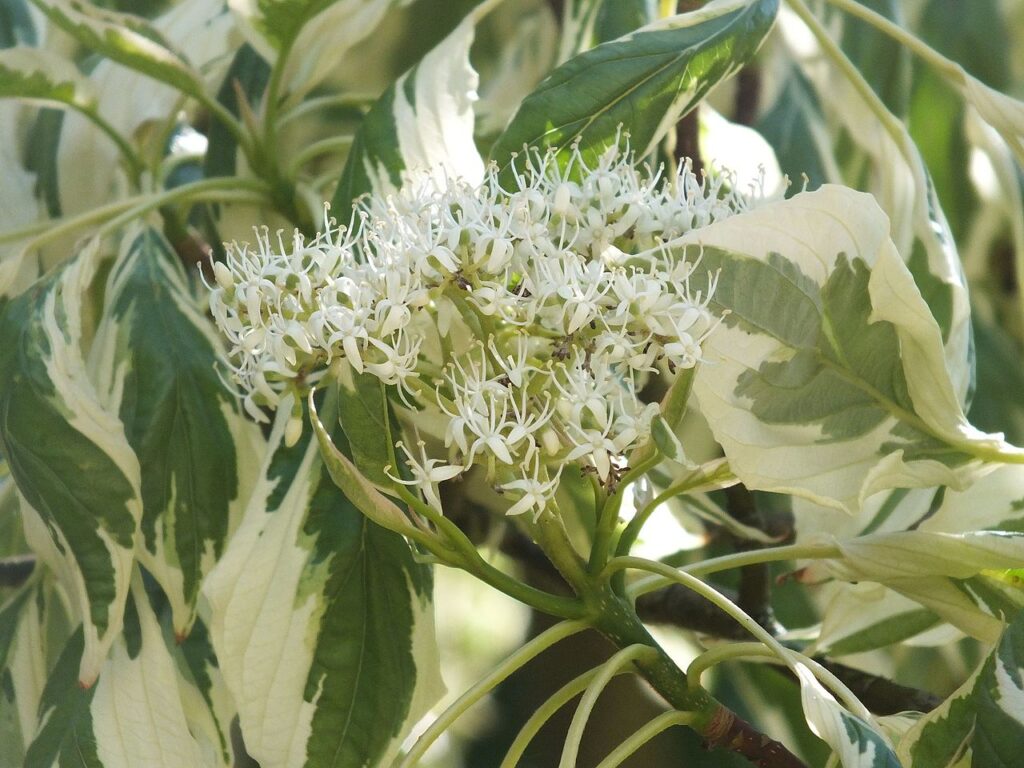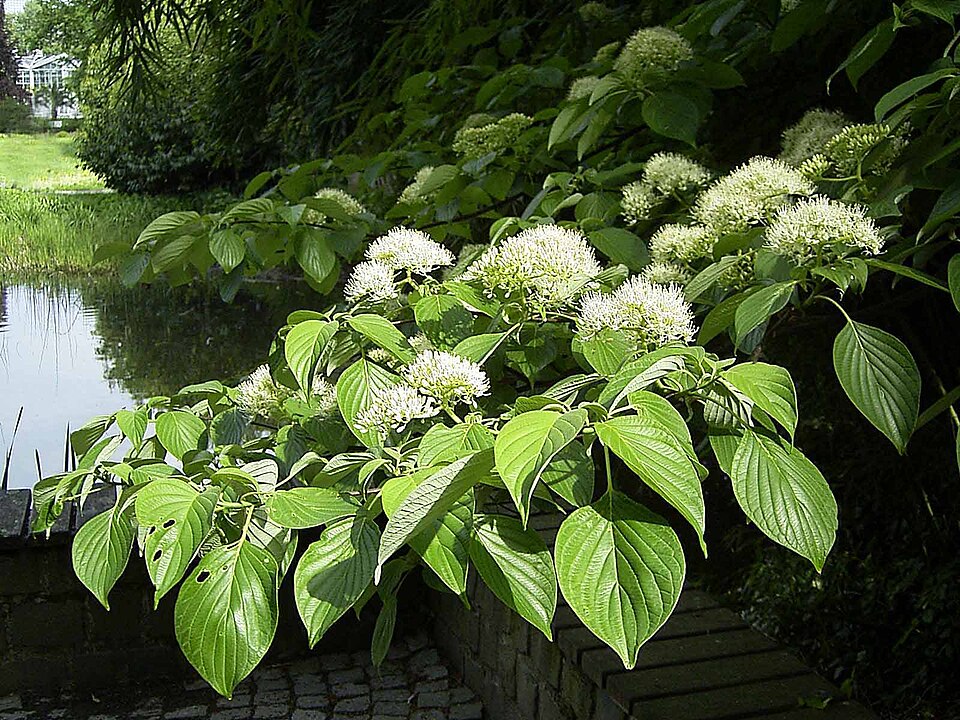Wedding Cake Tree – Nature’s Elegant Layered Delight

If nature had its own patisserie, the Wedding Cake Tree would be its showstopper. With tiered branches arranged like the layers of a grand celebration cake, this tree doesn’t just grow, it performs. Officially known as Cornus controversa, the Wedding Cake Tree is a stunning deciduous tree that brings structure, elegance, and a dash of the unexpected to any garden.
What Makes the Wedding Cake Tree So Special?
The most distinctive feature of the Wedding Cake Tree is its horizontal, tiered branching. These symmetrical layers give the tree a sculptural, architectural form, earning it the nickname “wedding cake” because the silhouette mimics the stacked elegance of a traditional tiered cake.
It hails from parts of East Asia, particularly China, Korea, and Japan, and thrives in temperate climates. This tree typically grows to around 15–30 feet tall, making it a manageable yet striking feature in medium to large gardens.

‘Variegata’, Moorbad Park, Germany. – Creative Commons | Author: Wzwz – Source: https://commons.wikimedia.org/wiki/File:Wzwz_tree_07d_Cornus_controversa_%27Variegata%27.jpg
Seasonal Showstopper
The Wedding Cake Tree doesn’t rest on its shape alone, it puts on a show throughout the seasons:
- Spring: Tiny, creamy-white flowers bloom in broad, flat clusters, drawing pollinators and turning heads.
- Summer: Its tiered branches are lined with broad, green leaves, offering an umbrella of soft, dappled shade.
- Fall: The foliage turns a mix of warm yellow and burgundy tones, adding fiery drama to autumn landscapes.
- Winter: Once the leaves drop, the tree’s beautiful form becomes even more pronounced—each branch a dark silhouette against the sky.

Fruit (drupes), Cambridge University Botanic Garden – Creative Commons | Author: Magnus Manske – Source: https://commons.wikimedia.org/wiki/File:P1000347_Cornus_controversa_(Cornaceae).JPG
Wedding Cake Tree Planting & Care
Despite its exotic flair, the Wedding Cake Tree isn’t a diva when it comes to care. Here are a few key things to know if you’re thinking of planting one:
- Sunlight: Prefers partial shade to full sun.
- Soil: Moist, well-draining, and slightly acidic soil suits it best.
- Space: Give it room to spread—its layered look works best when it’s not crowded by other trees or structures.
- Patience: It grows at a moderate pace, so be ready to nurture it over the years as it gradually takes on its signature form.

Cornus controversa in May 2003, Frankfurt – Creative Commons | Author: Dietzel – Source: https://commons.wikimedia.org/wiki/File:Cornus_controversa_07-01-18_(cropped).jpg
A Symbol of Harmony
In addition to its visual appeal, the Wedding Cake Tree often symbolizes balance and harmony, perfect for couples planting one as a wedding gift to themselves, or as a living centerpiece in a peaceful garden retreat.

Wedding Cake Tree, Kew Gardens, London. – Creative Commons | Author: Sten Porse – Source: https://commons.wikimedia.org/wiki/File:Cornus-controversa-habitus_(cropped).jpg
Worth Admiring
Whether you’re a landscape designer, a gardener, or just someone with an eye for beauty, the Wedding Cake Tree is a living sculpture worth admiring. Understated yet dramatic, easy to care for but unforgettable, it’s one of those rare plants that feels like a love letter from nature itself.
Check out another beautiful tree: Japanese Maple.
References:
https://en.wikipedia.org/wiki/Cornus_controversa










